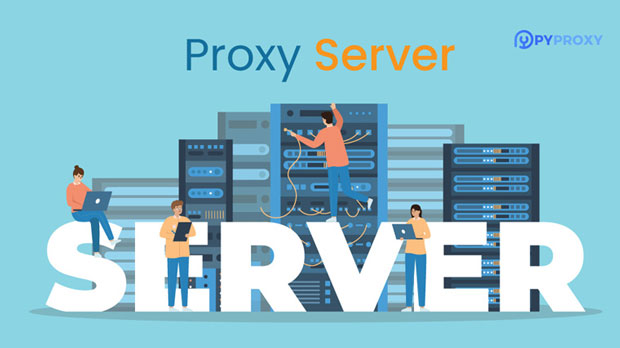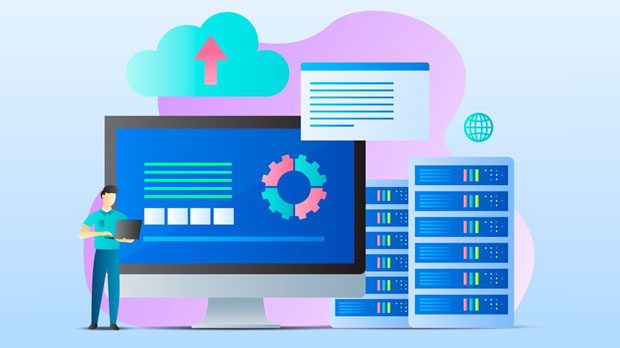sock s5 proxies have become an essential tool for improving online security, privacy, and performance. By leveraging socks5 proxy servers, users can route their internet traffic through a third-party server, effectively masking their IP address and encrypting data exchanges. This enhances online anonymity and bypasses geographical restrictions. In this article, we’ll explore practical tips for optimizing SOCKS5 proxies and dive into the specific use cases for two prominent proxy solutions: PYPROXY and Miga Proxy. Understanding how to efficiently use and optimize these tools can significantly boost your online experience, whether for personal or business purposes. Understanding SOCKS5 Proxy: A Brief OverviewA SOCKS5 proxy is a versatile tool that supports any type of internet protocol, making it more adaptable than traditional proxies. It enables the routing of any type of network traffic—whether it’s HTTP, FTP, or peer-to-peer (P2P) data—through a secure third-party server. This process helps to mask your real IP address, creating a private browsing environment. SOCKS5 proxies are often preferred for tasks like bypassing geographical restrictions, enhancing privacy, and optimizing internet speed.However, the raw performance of SOCKS5 proxies is influenced by various factors, including network latency, server load, and proper configuration. Understanding how to optimize these factors is key to achieving the best possible performance.Effective Optimization Tips for SOCKS5 ProxyOptimizing SOCKS5 proxies can significantly improve both speed and security. Below are several tips that can help you maximize the potential of a SOCKS5 proxy.1. Choosing the Right Server LocationThe geographical location of your proxy server plays a significant role in the overall performance. The closer the server is to your physical location, the lower the latency, resulting in faster connection speeds. For users aiming to access region-restricted content, selecting a server located in the target country can be crucial. Additionally, ensure the server is not overly congested with high traffic, as this can negatively impact speed.2. Load Balancing for Enhanced PerformanceTo ensure optimal performance, load balancing across multiple servers is essential. By distributing traffic across several proxy servers, you can avoid bottlenecks and ensure a stable and high-speed connection. This technique is particularly useful for businesses and individuals managing multiple users or devices simultaneously.3. Secure Authentication MethodsSecurity is a key consideration when using SOCKS5 proxies. While SOCKS5 provides basic encryption, incorporating additional security measures such as multi-factor authentication (MFA) or secure tunneling protocols (e.g., SSH) can further safeguard your data. For high-risk applications, such as financial transactions, securing your connection should be a top priority.4. Fine-Tuning Proxy SettingsTweaking certain proxy settings, such as the MTU (Maximum Transmission Unit) or adjusting buffer sizes, can enhance performance. Ensuring that the SOCKS5 proxy is correctly configured to handle your specific internet traffic will also help in reducing errors or slowdowns during data transfer.5. Monitoring Network TrafficRegular monitoring of network traffic is crucial for identifying potential issues or inefficiencies in your proxy setup. Using monitoring tools can provide insights into bandwidth usage, response times, and any irregularities that may affect performance. This will enable timely adjustments, keeping your connection stable and fast.Use Cases for PyProxyPyProxy is a versatile and highly customizable SOCKS5 proxy solution. It is widely used by developers and IT professionals for various applications, including web scraping, automation, and data collection.1. Web Scraping and Data CollectionPyProxy is ideal for web scraping tasks, especially when accessing large volumes of data from websites. Since SOCKS5 proxies can handle various protocols, PyProxy allows users to route traffic through multiple servers, avoiding IP bans and rate limits that are common when scraping websites without proxies. This makes it a powerful tool for businesses involved in market research, competitive analysis, or SEO efforts.2. Automation and BotsAutomated tasks and bots can benefit from PyProxy by routing traffic through different SOCKS5 proxies. This helps to prevent detection and blocking by websites that are suspicious of automated behavior. For example, in social media automation or e-commerce tasks, using PyProxy ensures smooth operation by distributing requests across multiple IP addresses.3. Security and Privacy EnhancementIn applications where privacy and anonymity are paramount—such as secure browsing or sensitive communications—PyProxy is an excellent choice. The ability to easily configure and manage multiple socks5 proxy servers provides users with added flexibility and control over their online presence. By masking the real IP address, PyProxy ensures that personal data remains secure and private.Use Cases for Miga ProxyMiga Proxy is another powerful proxy solution that specializes in providing high-speed, secure SOCKS5 proxy services for both personal and business use. It is widely used for tasks that require high performance and reliability.1. Streaming and Geo-Restriction BypassMiga Proxy is well-suited for users who wish to access geo-restricted content, such as streaming services. By using Miga Proxy, users can effectively bypass geographical restrictions, allowing them to access services and content from different regions. Whether it’s for watching international sports events, TV shows, or movies, Miga Proxy ensures high-speed streaming without buffering.2. E-commerce and Ad VerificationE-commerce businesses and digital marketers can use Miga Proxy to perform ad verification and competitor analysis. By using multiple SOCKS5 proxies, businesses can test ad placement, pricing, and marketing strategies from different IP addresses, ensuring they get an accurate view of how their ads perform in different locations. This enhances decision-making and strategy formulation.3. Online GamingOnline gaming often requires fast, uninterrupted internet connections. Miga Proxy, with its high-performance SOCKS5 proxy servers, helps reduce lag and latency, providing gamers with a smoother experience. By masking the real IP address, it also offers an extra layer of protection against DDoS attacks or other security threats.Conclusion: The Importance of Optimizing SOCKS5 Proxy SolutionsOptimizing SOCKS5 proxy solutions like PyProxy and Miga Proxy can significantly enhance security, privacy, and internet performance. Whether you are scraping data, accessing restricted content, securing automated processes, or improving online gaming experiences, the right SOCKS5 proxy setup is essential. By following optimization tips such as choosing the right server location, balancing load, and ensuring security, users can unlock the full potential of SOCKS5 proxies for both personal and professional applications.
Aug 29, 2025



































































